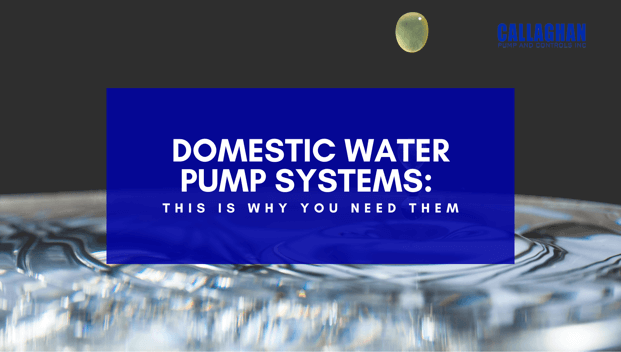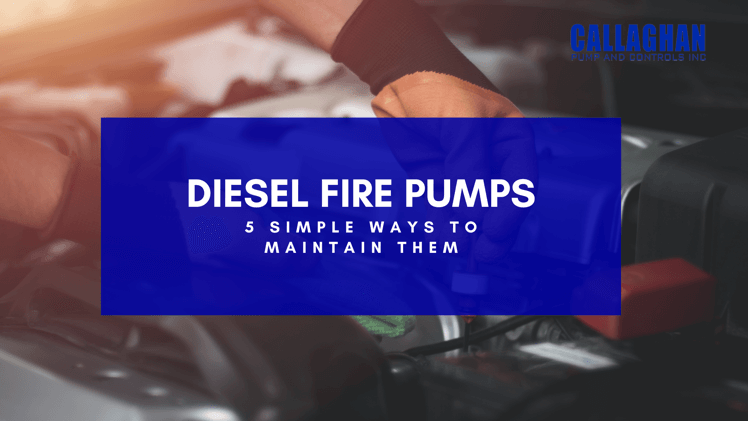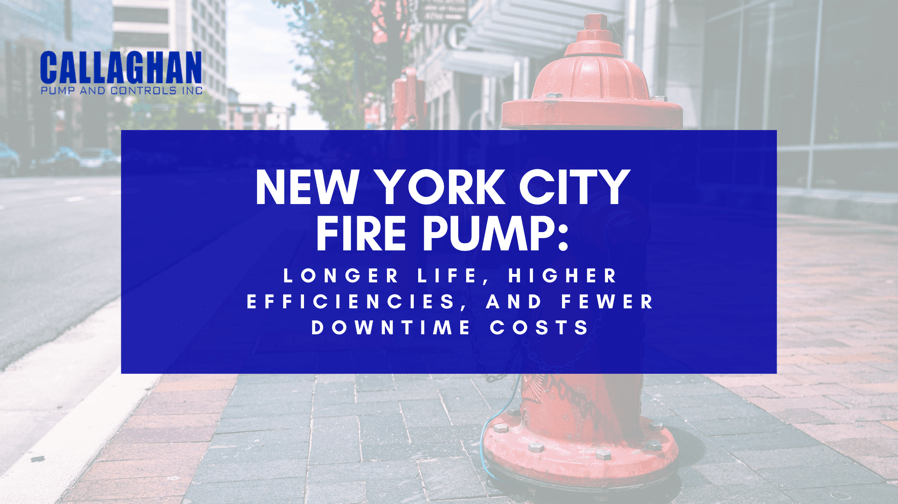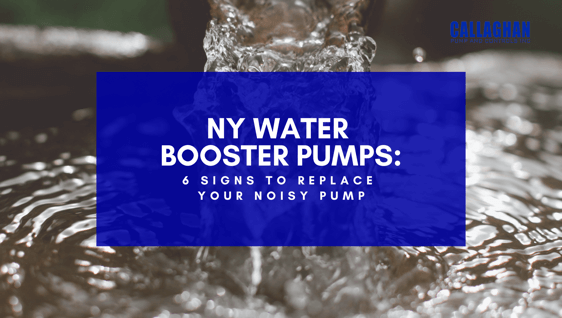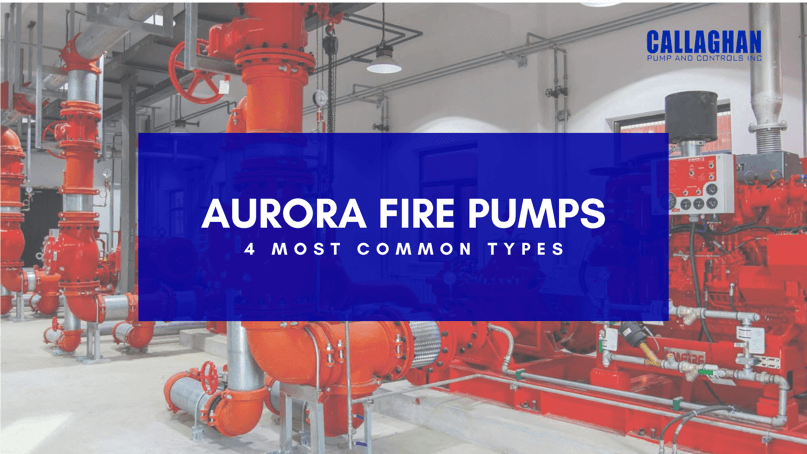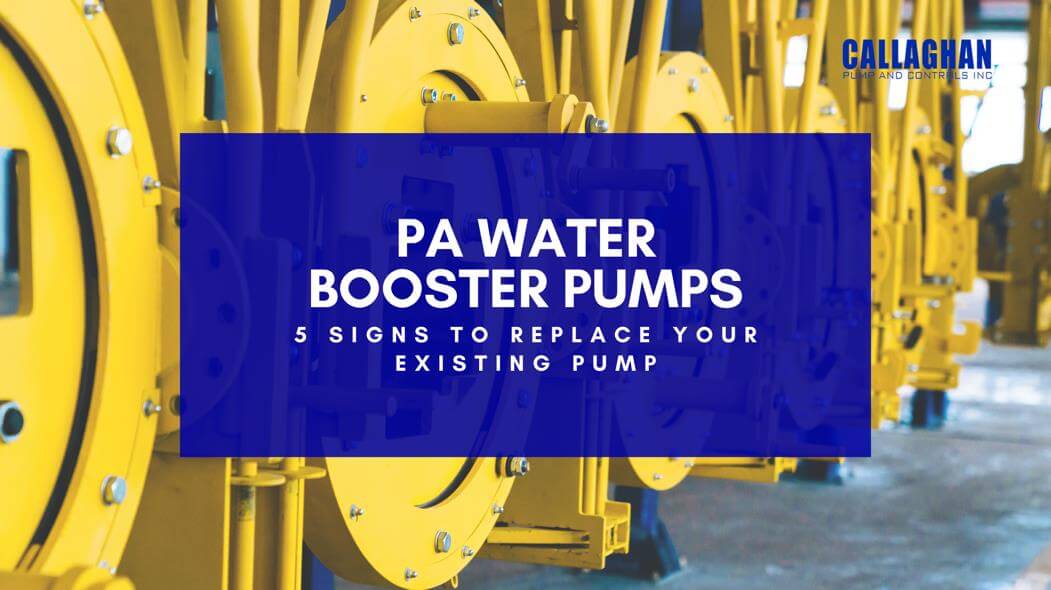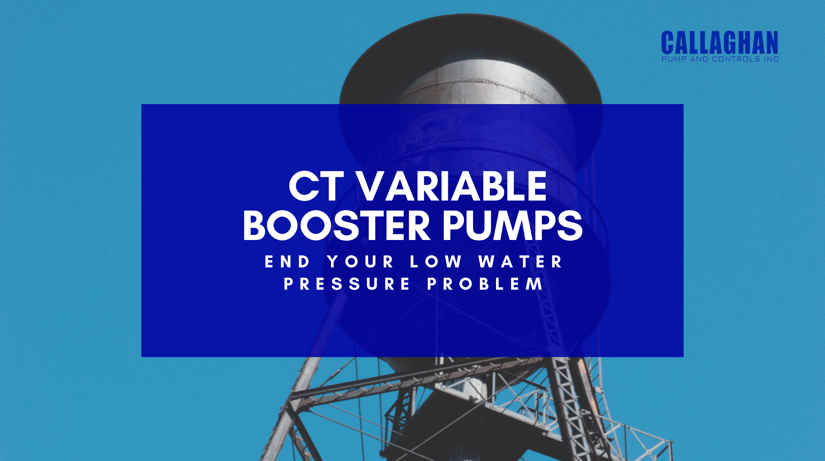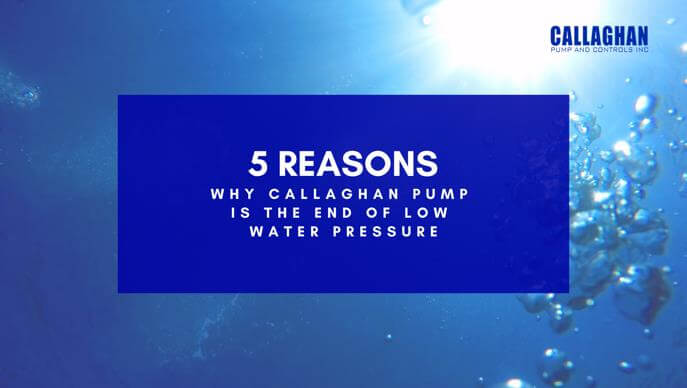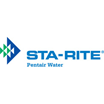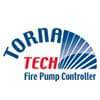Beginning your day with a weak shower is deeply annoying and unsatisfying, especially when you have a busy schedule ahead. You may be able to learn to live with poor water pressure, but there are always solutions out there. So don’t let low water pressure ruin your day or night. Resolve the issue to achieve a healthy pressure of water.
You may wonder how you can accomplish this. Don’t worry, we will come to that later, but first, let’s try to understand a few important things.
Why Does Having the Right Water Pressure Matter?
Homeowners are often concerned about water pressure for many reasons. Pressure that is too low could affect daily chores like bathing, cleaning, laundry, etc. Having adequate water pressure is important as it allows you to use multiple water sources at the same time without hindering their individual functions. For instance, you can take a shower while your dishwasher is also running. The important thing is to check the water pressure to avoid hassles.
Water pressure is usually measured in PSI (pounds per square inch), representing the force at which water enters your pipelines from the water main. Its normal value for domestic uses is between 30 and 80 PSI. Everything above and below this limit is inappropriate. You can check your home’s PSI on your own. All you need is a water pressure gauge to be screwed onto a spigot in your home.
If your water pressure is greater than 80 PSI, then installing a regulator can help you adjust the amount of water entering your home from the municipal water supply. There are some regulators that adjust manually or automatically to ensure you are receiving exactly the desired water pressure. However, for low water pressure, the scenario is quite different.
What Causes Low Water Pressure and Supply?
Low water pressure can be the result of a number of reasons. Each reason is unique and requires a different approach. Some of them are caused by the municipal water supply and others are related to gravity. Let’s explore them one by one!
- Regulator Problems
Some residents in New York have a water pressure regulator that controls water pressure. It is a type of valve that reduces water pressure coming into the house so it can reach an ideal level. If you have a faulty water pressure regulator, it can cause issues with water pressure. A common reason for regulator failure is sediment build-up that often results in blockages, leakages, and short cycling. Also, a broken water pressure regulator can lead to low water pressure. In this case, call a local plumbing professional to fix the regulator.
- Faulty Faucets and Fixtures
Water pressure problems are often as simple as faulty fixtures and faucets. So check for clogging or corrosion that may be the reason behind low water pressure. Inspect not only the faucet and fixture themselves, but also the connections and seals as well. In addition to that, hard water minerals like calcium and magnesium can affect fixtures and faucets. So consider replacing faucet aerators or simply cleaning showerheads and other affected fixtures. Keep in mind that repairing or replacing is only a temporary solution. The permanent solution is to get rid of the hard water with a water softener.
- Clogged Pipelines
Of course, clogged fixtures and faucets aren’t the only things responsible for low water pressure. The issue sometimes lies deeper. For instance, clogged pipelines are quite frequent when it comes to an inadequate water supply. Consider that these pipes are like the arteries in your body. Just like cholesterol, lime-scale can restrict the diameter of pipes. And these issues get worse over time. Fixing clogged pipes requires replacement, depending on how much damage has been done. So make sure to catch this problem as early as possible.
- Corroded Plumbing
Not only can pipelines become clogged with lime-scale, but they can also catch corrosion. This leads to poor water pressure, especially in older, galvanized iron pipes. The reason is simple: acidic water causes corrosion, leading to small holes and leaks in water pipes. So if you notice low water pressure, it’s important to have your water pH-tested and your plumbing system inspected.
- Low Well Water Pressure
Determine if your low water pressure is due to your water source. Homeowners that get water from a private well are often prone to water pressure issues. Thankfully, these issues can easily be remedied. For instance, you can use a water booster pump to boost water pressure coming from the source.
- Municipal Water Valve Issues
For homeowners using water coming from their local municipality, low pressure often stems from valve-related problems. City residences have two important valves. One is found outside your home at the water meter, and the second is located at your main water shut-off valve. When either of these valves is partially open, you may see a difference in your water supply and pressure. So keep an eye on them.
Diagnosed the problem? It’s time to act and…
Install NYC Water Booster Pumps
If you’re still facing water pressure issues and want to fix them, then consider installing a New York Water Booster Pump. Sometimes the problem isn’t you, it’s your neighborhood. Gravity and distance negatively impact water pressure and supply. However, water booster pumps can help the water travel uphill or over a great distance without hindering the water pressure.
A water booster pump works just like a fan, which has blades that spin to boost the air movement. Similarly, a booster pump consists of an impeller that boosts water pressure. In addition to the impeller, these pumps have an inlet and outlet, flow sensing device, motor, and propeller.
Benefits of NYC Water Booster Pumps for Commercial Use
Do you live in a high-rise building? What about working in a multi-story premise? Commercial booster pumps ensure that your building has a steady water pressure and supply. Installing a commercial water booster pump can improve the water pressure quality for employees, workers, and dwellers in multi-story offices, residents, and complexes.
These pumps are useful for municipalities and construction sites too. Additionally, installing a water booster pump is great when it comes to meeting your irrigation and other agricultural needs. The only thing you have to ensure is proper installation and maintenance.
Note:
One of the most common misconceptions about water booster pumps is that they can also increase the flow of water throughout your home. They can only boost water pressure, not flow. This is because of the nature of these pumps, which prevents them from being able to produce extra water than what is already available.
Over the years, we have worked on supplying products and systems for both large and small applications. From residential pumps to major pressure booster systems, we know how to cater to people in New York. As a leading distributor of NY Water Booster Pumps, we’ve become familiar with the inner workings of large construction sites, high-rise buildings, hotels, restaurants, and hospitals.
impeller, these pumps have an inlet and outlet, flow sensing device, motor, and propeller.
Final Words
So this is everything you need to know about low water pressure and NY Water Booster Pumps. At Callaghan Pump, we understand the challenge of delivering ideal water pressure. We turn this challenge into an opportunity by supplying only the best water pressure-boosting solutions. Plus, we have a clean track record in the pumping industry for keeping our services transparent and prices fair.
Hope you found this post useful. If you have any questions regarding water booster pumps, we are more than happy to give you the best answers.


